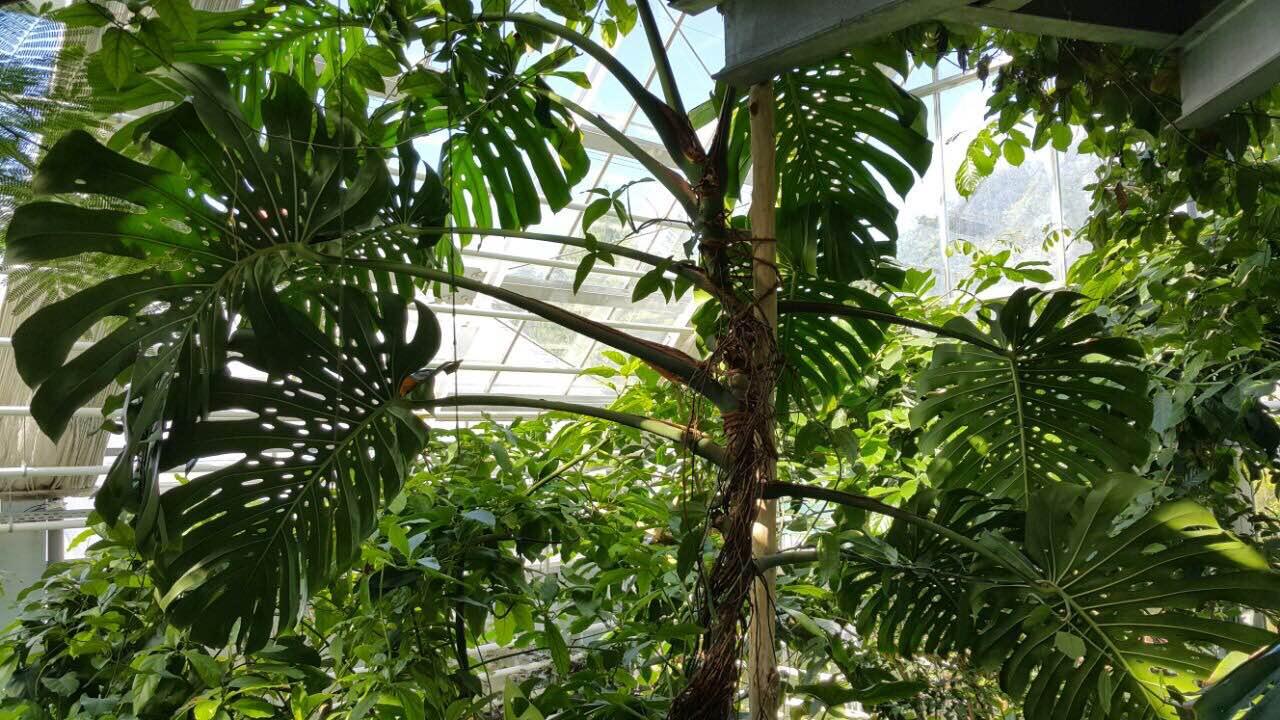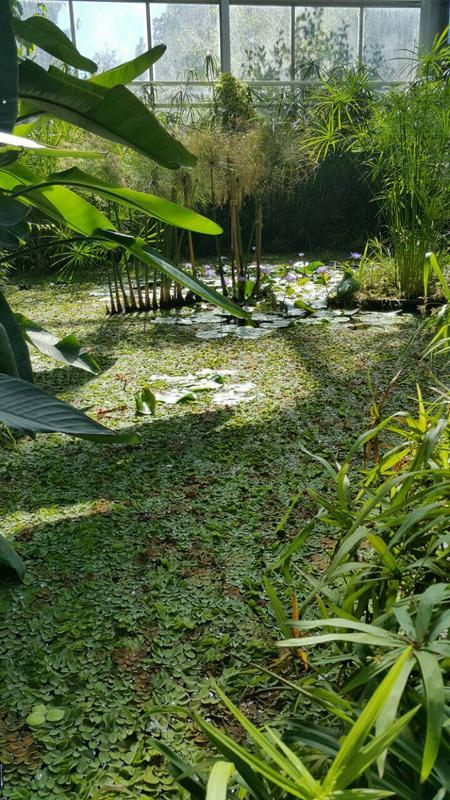

In the heart of Ljubljana lies an oasis of greenery, where city dwellers don't just get a respite from the urban hustle and bustle, but can also observe an extensive collection of interesting plant life from Slovenia and beyond.
Like the city's famous Tivoli Park, the Ljubljana Botanical Garden has its origins in the French occupation of the Slovenian lands in the early 19t century. In 1810, the French Governor allowed a biology teacher named Franc Hladnik to set up a botanical garden on a field south of Ljubljana’s medieval town. At first, Hladnik’s project – officially named "The Garden of Homeland Flora" - consisted of small plants from various parts of modern-day Slovenia, along with several trees.
At one time, it consisted primarily of fruit trees, but under the leadership of the botanist Alfonz Pavlin in the late 19th century, it became an important research center for botanists. Pavlin worked with other European botanical gardens to increase the number of plant species, to improve the level of scientific research, and to carry out in-depth studies of Slovenian flora.
After World War I, the park became a part of the newly founded University of Ljubljana. Soon, several new additions sprung up in and around the park, including greenhouse for Mediterranean plants, a laboratory for scientific research, a rock garden for flora from the windswept Karst plateau, and a pond for aquatic plants.
Today, the park is protected as a Cultural Monument of National Importance and visitors can admire more than 4000 types of plants, including a wide variety of trees. In fact, the grounds of the garden have become too small and an extension is set to open in a new location, which already features an orchard of Japanese cherry trees given by the state of Japan. The botanical garden also regularly sends seeds from its plants to various other botanical gardens around the world.
Among the botanical garden’s many attractions is a linden tree planted there by the French Governor under whose auspices the garden was established more than two centuries ago – another reminder of the long and colorful history of this green patch near the heart of the Slovenian capital.

































































